History and Highlights of Tsuyama Castle
This castle complex, which overlooks Tsuyama from atop a hill, has long been considered one of Japan’s Three Great Mountain Castles, and is an iconic part of Tsuyama’s historical heritage.
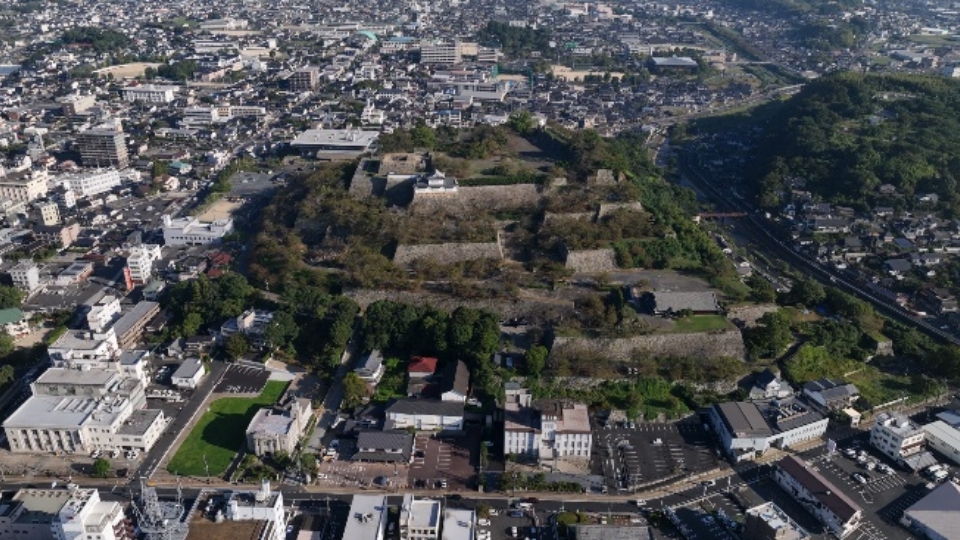
Mimasaka Province was established in the year 713, when it was split off from Bizen Province. The Tsuyama served as a base for Mimasaka Province, and flourished in its role.
During the Warring States period, from the mid 15th century to the end of the 16th, Mimasaka was never home to any stable power, and in fact constantly served as a battleground for surrounding forces.
Following the Battle of Sekigahara in 1600, Mimasaka was placed under control of Lord Mori Tadamasa in 1603, and construction began on Tsuyama Castle. This would become the seat of power of the Tsuyama Domain.
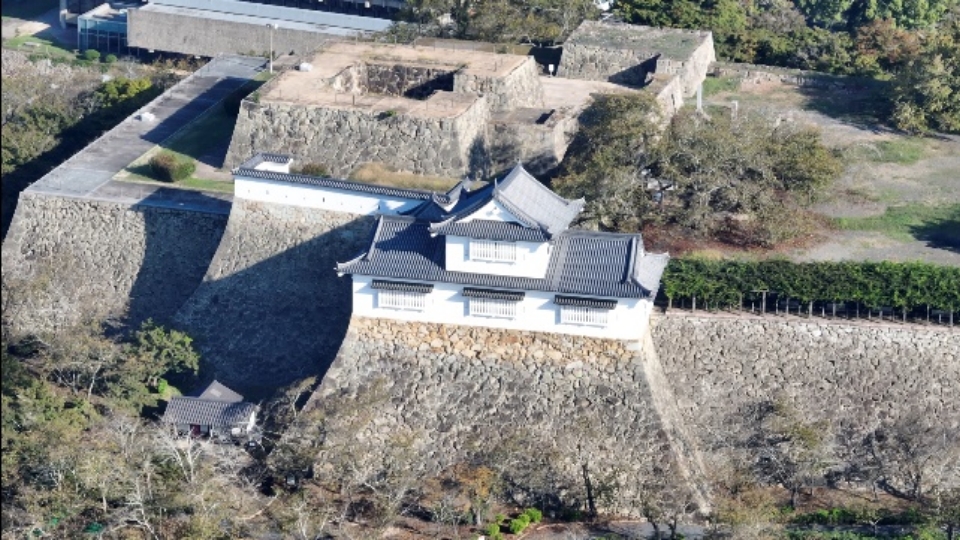
Tsuyama Castle was built on a small mountain north of the Yoshii River. Earthen walls and moats fortified every side of the castle except the east, which used the Miyagawa River as a natural moat. Tsuyama Castle featured a three-enclosure structure, with the main enclosure in the center, surrounded by the second enclosure, with the third enclosure outside of that. The castle also had more than 60 towers, placed at various points around its stone walls.
Tsuyama Castle is considered a flatland-mountain castle, making use of both flat land and a mountain, and combining the characteristics of castles built on these types of land. It is considered one of the Three Great Flatland-Mountain Castles of Japan, alongside Himeji and Matsuyama Castles.
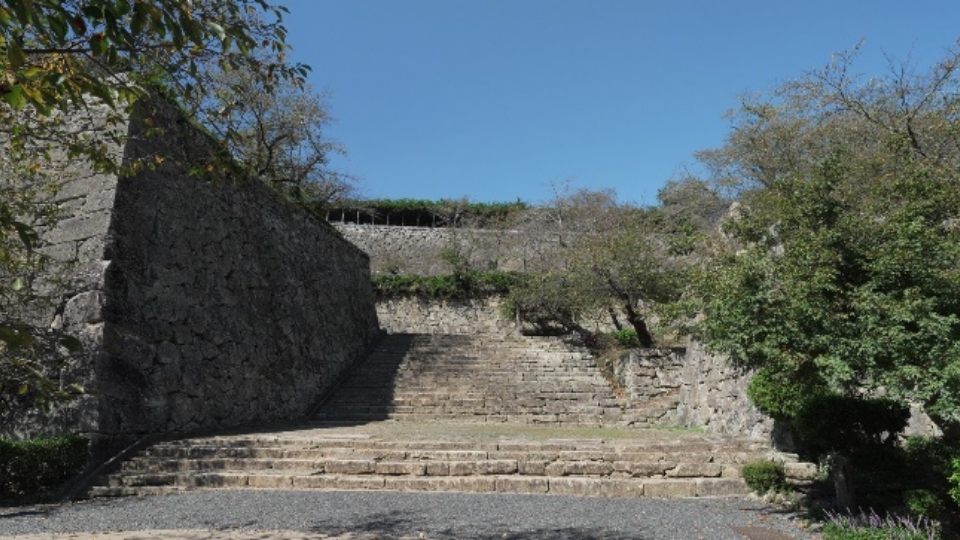
The Omote-Naka Gate connected the third enclosure to the second enclosure, and was a two-story structure, with the gate on the first floor and a tower as the second floor. It ran 32 m long, stretching from east to west, making it the castle’s largest gate.
One rare and curious feature of the gate was that the walkway forked within it.
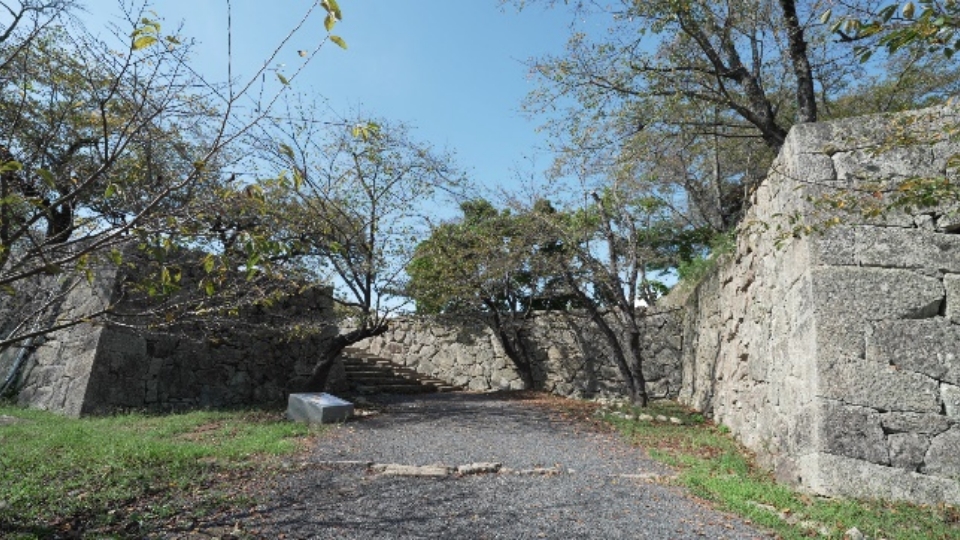
The Omote-Kurogane Gate was a tower-gate at the entrance to the main enclosure. The gate’s pillars and doors were clad entirely in iron to reinforce it against attackers.
After passing through the gate on the first floor, people would go up a staircase and walk across the gate’s second floor, bringing them to the lord’s palace in the main enclosure.
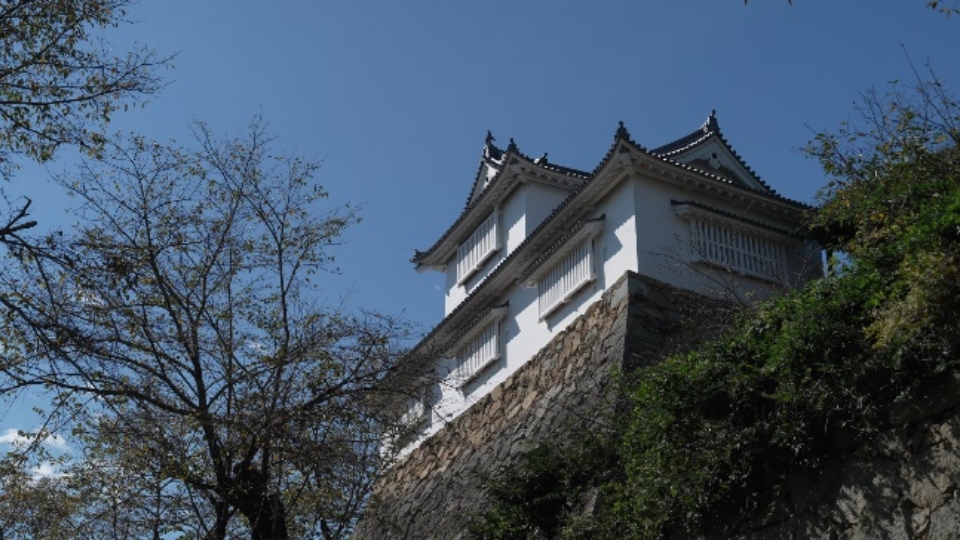
Tsuyama Castle had a total of more than 60 towers, including the ones at the tops of the earthen walls along the moats. The largest of these was the Bitchu Yagura tower, a two-story structure sticking out from the southern side of the main enclosure.
Unlike most tower, the rooms inside this one had tatami-mat floors. The first floor had a tearoom, as well as a sitting room for the lord with an alcove and a staggered shelf. The second floor had a single room with a raised section in one corner for the lord. The entire interior of the Bitchu Yagura tower featured elegant, luxurious fittings and décor.
To celebrate the 400th anniversary of the start of construction on Tsuyama Castle, the Bitchu Yagura was rebuilt with the same materials and techniques as the original, and opened in 2004.
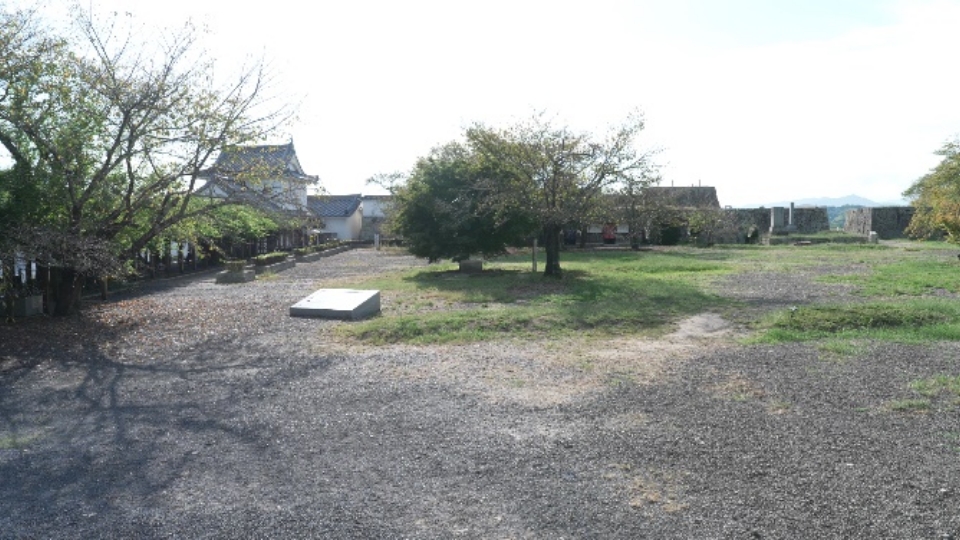
The lord’s palace was located in the middle of the castle’s main enclosure. On the east was the “public building” of the lord’s palace, which was used mainly for official events. To the west of the public building was the “mid-inner building” of the palace, which served as the feudal government office. To the south of that was the “inner building,” which was the lord’s residence. The Bitchu Yagura tower was connected by a corridor to the inner building, and was essentially an extension of it.
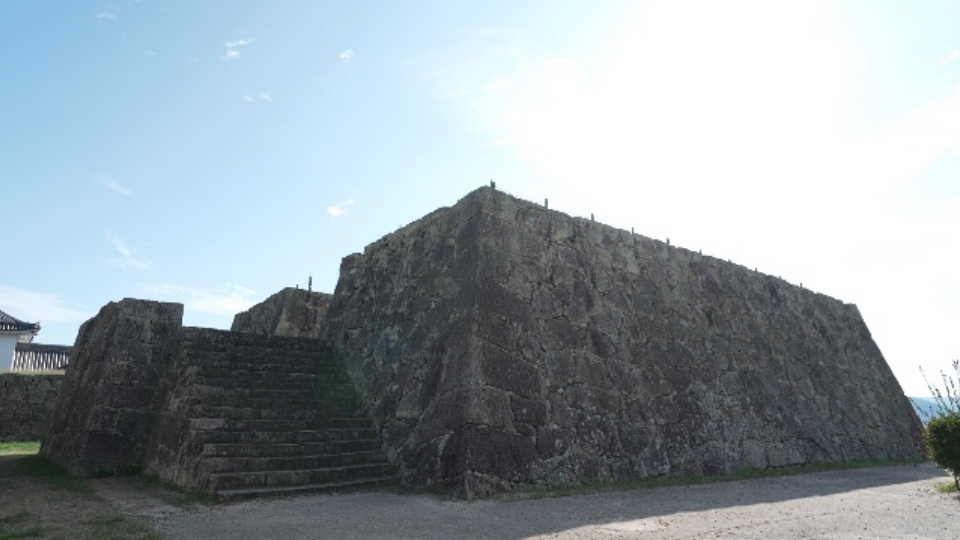
The castle keep had a simple five-tiered exterior, and the fourth tier’s roof was so short, it looked like the keep had only four tiers.
However, it was well equipped with practical defensive measures: it had over 100 windows for riflemen and nearly 70 for archers. The four corners had gaps for dropping rocks on climbing invaders, as well. The keep was also 28 m tall, including its stone base, which was a rough square 22–24 m on each side.
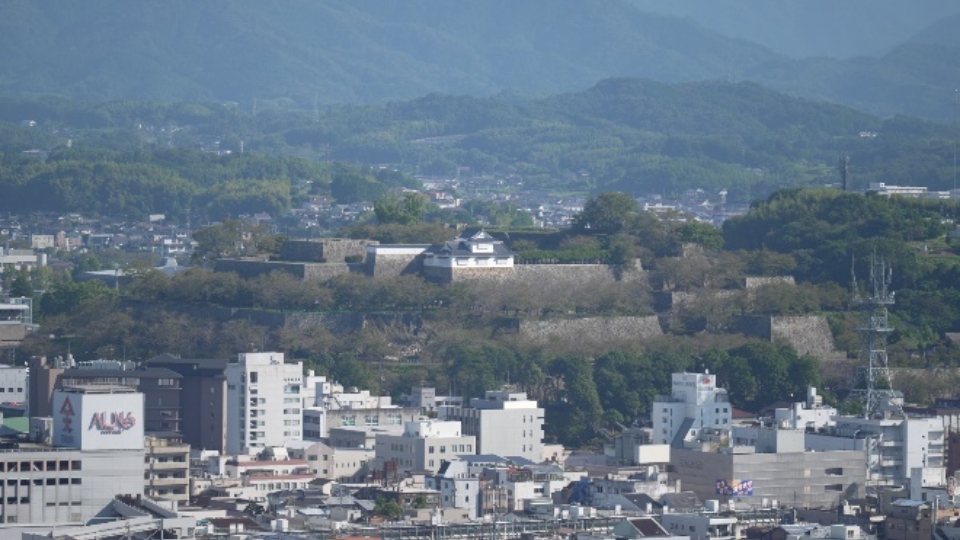
In 1873, the national government, now headed by Emperor Meiji, passed a law abolishing castles. As a result, the keep, palace, and towers were torn down.
For a while, the castle grounds were neglected, but in 1900, the grounds were redeveloped into Kakuzan Park, and in 1963, this was designated a National Historic Site.
In 1873, the national government, now headed by Emperor Meiji, passed a law abolishing castles. As a result, the keep, palace, and towers were torn down.
For a while, the castle grounds were neglected, but in 1900, the grounds were redeveloped into Kakuzan Park, and in 1963, this was designated a National Historic Site.
